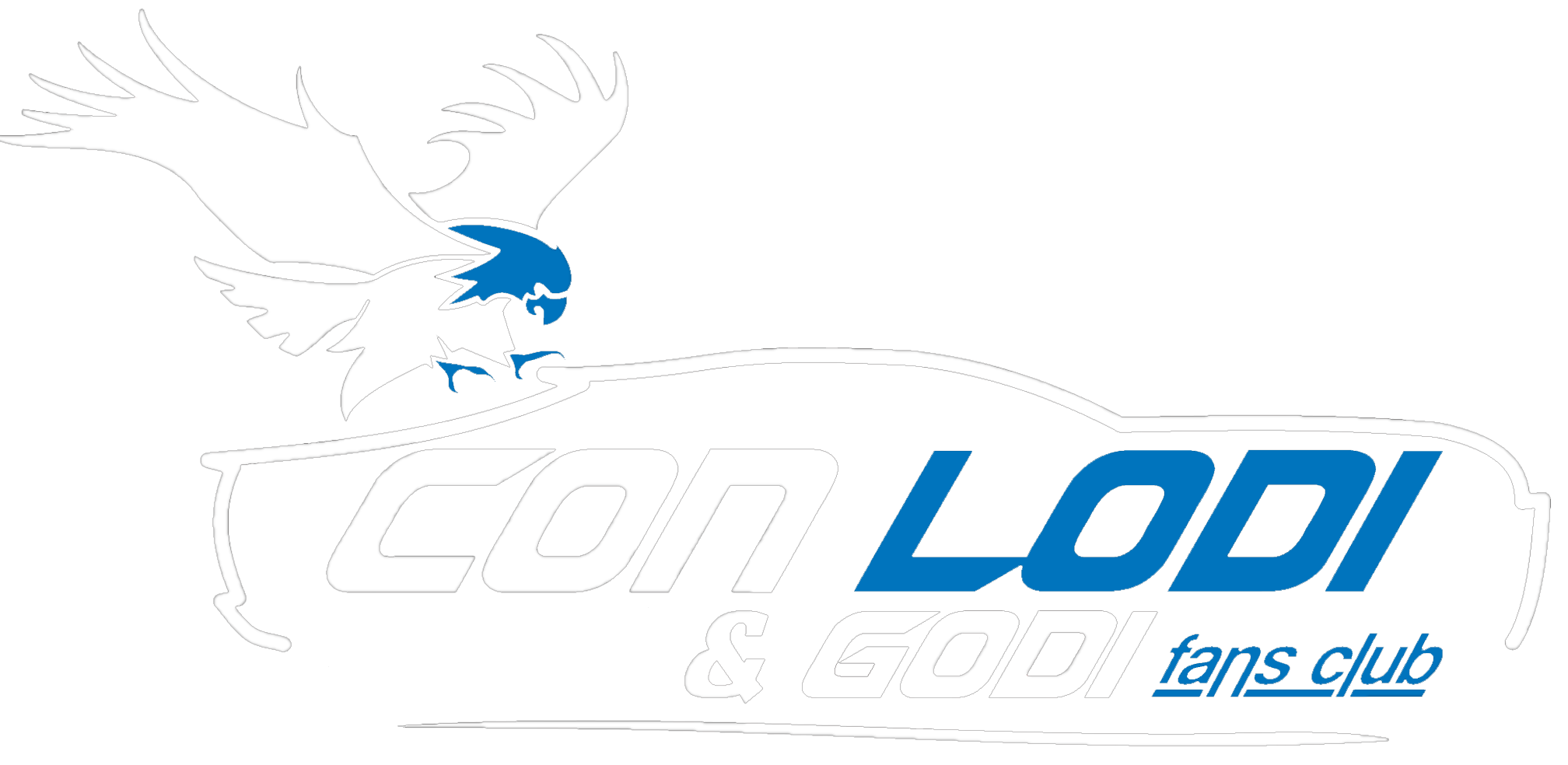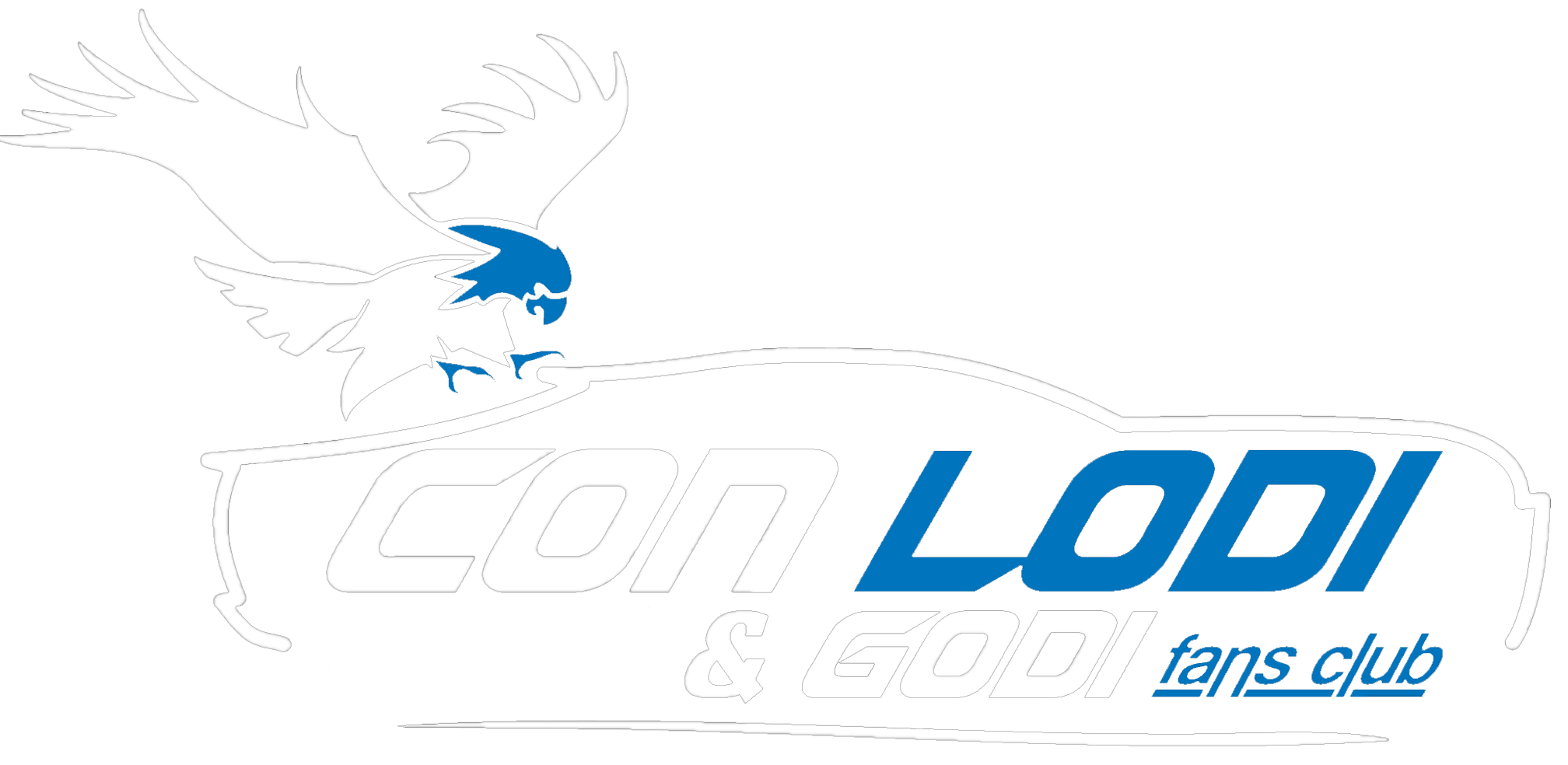Choosing the right inventory valuation method is critical for accurate financial reporting and efficient inventory management. While FIFO is a popular choice, it is essential to compare it with other valuation methods to understand its relative strengths and weaknesses. Each method has distinct implications for the cost of goods sold, net income, tax liabilities, and inventory management. In this section, we compare FIFO with other common inventory valuation methods to help businesses determine the best approach for their specific needs and circumstances. This article what’s the difference between a credit memo credit and a refund has provided an in-depth exploration of the FIFO method, covering its principles, implementation steps, advantages, and disadvantages. Key takeaways include the method’s alignment with actual inventory flow, its financial benefits, and the potential for higher tax liabilities.
Improved Inventory Accuracy
It requires companies to keep track of the individual prices of all items bought, which might prove impractical for businesses buying and selling various types of products. If your inventory costs are increasing over time, using the FIFO method and assuming you’re selling the oldest inventory first will mean counting the cheapest inventory first. You will also have a higher ending inventory value on your balance sheet, increasing your assets. This can benefit early businesses looking to get loans and funding from investors.
Why some states are turning to firing squad executions
The default method of the stock exchange is generally first in, first out (FIFO). In case the investor wants to change the method, written confirmation from the broker is required. This method is more effective when the price is falling because the cost of issuing goods will be high and the cost of replacing materials will be low. By prioritizing the sale or use of older stock, businesses prevent items from expiring or becoming obsolete.
Leveraging demand forecasting capabilities, you can gain insight into your changing inventory needs while also minimizing excess stock issues and obsolescence problems. Adopting a proactive FIFO approach supported by technologies and automation tools can help you enhance overall supply chain efficiency, resulting in improved customer satisfaction and cost savings. The key difference between FIFO and Last In, First Out (LIFO) lies in the order in which inventory costs are assigned to COGS. LIFO assumes that the most recently acquired items are sold first, which can result in higher COGS and lower net income during inflationary periods. However, LIFO is not permitted under International Financial Reporting Standards (IFRS), limiting its use to certain regions, such as the United States.
FIFO vs. Weighted Average Cost Methods
Even though companies can choose among these cost valuation techniques—such as LIFO vs FIFO—purchased inventory value often changes due to market factors. The last purchased assets stay in the warehouse until the initially purchased quantities are depleted. Assuming the only inventory left in store as of December 31 was bought in Week 52, Vintage’s stock value at year-end would be $14 per batch of fiberboard.
Why is choosing a method of inventory valuation important?
In this comprehensive guide, we will explore everything you need to know about FIFO within the logistics industry, from its definition and importance to its implementation and benefits. Another difference between FIFO and WAC is that the FIFO method is globally accepted and widely used. Our platform is designed to streamline inventory control by offering real-time stock visibility and automation. For example, grocery stores often stock dairy drinks from a refrigeration room behind the product display case. By stocking from the back, the older containers should always be at the front where customers open the case doors. For companies in sectors such as the food industry, where goods are at risk of expiring or being made obsolete, FIFO is a useful strategy for managing inventory in a manner that reduces that risk.
South Carolina now has 28 inmates on its death row including two who have exhausted their appeals and are awaiting execution, most likely this spring. No governor has ever commuted a death sentence in the state, where 46 other prisoners have been executed since the death penalty resumed in the U.S. in 1976. Seven have died in the electric chair and 39 others by lethal injection. In South Carolina on Friday, a group of protesters holding signs with messages such as “All life is precious” and “Execute justice not people” gathered outside the prison before Sigmon’s execution. The firing squad is an execution method with a long and violent history in the U.S. and around the world.
This will facilitate inventory movement, picking, and packing based on product arrival dates. Also, consider arranging your stock storage locations to make older inventory items easily accessible to help your teams pick and dispatch those first goods. In addition to immediate tax implications, using FIFO can lead to higher long-term tax liabilities. As older, cheaper inventory is sold off, the remaining inventory costs increase, resulting in a higher tax burden over time. Companies need to carefully consider these tax implications and plan accordingly. In cases where the cost of goods rises sharply, FIFO might not reflect current market costs accurately.
This gives you access to data on your business financials anywhere in the world, even on mobile, so you can feel confident that what you’re seeing is accurate and up-to-date. This is one of the most common cost accounting methods used in manufacturing, and it’s particularly common among businesses whose raw material prices tend to fluctuate over time. FIFO takes into account inflation; if prices went up during your financial year, FIFO assumes you sold the cheaper ones first, which can lead to lower expenses and higher reported profit. Determining which stock management method best suits your business depends on several factors. To determine if FIFO is the right choice for you, assess your inventory characteristics, understand customer demands and industry standards, and review your operational requirements and goals. Consider factors such as product shelf life, inventory turnover rates, and storage capacity.
Examples of Calculating Inventory Using FIFO
- Join over 2 million professionals who advanced their finance careers with 365.
- The company’s accounts will better reflect the value of current inventory because the unsold products are also the newest ones.
- This continuous rotation ensures that the warehouse is not burdened with an excess of older, potentially less valuable stock.
- This means the remaining inventory (newer, more expensive items) has a higher value, improving balance sheets.
- On the second day, ten units were available, and because all were acquired for the same amount, we assign the cost of the four units sold on that day as $5 each.
- This is because FIFO prioritizes the sale of older inventory items before newer ones, which could lead to potential losses if more in-demand products don’t sell.
- The FIFO method provides the same results under either the periodic or perpetual inventory system.
The First-in First-out (FIFO) method of inventory valuation is based on the assumption that the sale or usage of goods follows the same order in which they are bought. In other words, under the first-in, first-out method, the earliest purchased or produced goods are sold/removed and expensed first. Therefore, the most recent costs remain on the balance sheet, while the oldest costs are expensed first. The FIFO method avoids obsolescence by selling the oldest inventory items first and maintaining the newest items in inventory. The actual inventory valuation method used doesn’t have to follow the actual flow of inventory through a company but it must be able to support why it selected the inventory valuation method.
The method of First In, First Out (FIFO) works on cost flow assumption purposes. FIFO assigns the value of the oldest produced goods in cost of goods sold (COGS). For evaluating the value of remaining inventory, the FIFO system uses the price of recently produced goods. The LIFO method works on the principle of selling the most recently produced goods first. In an inflationary market, LIFO results in a lower inventory balance as compared to first in first out methodology.
- If you choose to opt for the FIFO inventory valuation method, your business will comply with the IFRS and present a more realistic picture to potential investors or buyers.
- This process involves meticulously labeling or coding each product with a clear indicator of when it was manufactured or received.
- Building on this point, it is of utmost importance that businesses maintain detailed and up-to-date records of inventory purchases and sales.
- This method helps in managing production schedules and reducing the risk of stockouts or excess inventory.
- Additionally, properly labeling and storing all of your inventory with identification markers such as batch numbers, expiration dates, or production dates is especially helpful for FIFO.
The following formula can be used to calculate the average cost of fiberboard. The fashion industry is very dynamic and the biggest problem that it faces is dead stock. Dead stock is the unused inventory that no one is interested in buying. So to maintain profitability fashion industries also use the principle of FIFO, under which the goods follow the same order in which they are produced. FIFO reduces the quantity of dead stocks, which ultimately reduces storage costs and helps companies to maintain profitability.
We will then have to value 20 units of ending inventory on $4 per unit (most recent purchase cost) and the remaining 3 units on the cost of the second most recent purchase (i.e., $5 per unit). Now that we have ending inventory units, we need to place a value based on the FIFO rule. To do that, we need to see the cost of the most recent purchase (i.e., 3 January), which is $4 per unit. The inventory balance at the end of the business plan definition second day is understandably reduced by four units.
She holds a Bachelor of Science in Finance degree from Bridgewater State University and helps develop content strategies.
But officials suspended executions for 13 years, in part because they were unable to obtain lethal injection drugs. The specific identification method is far more appropriate for entities whose products are not interchangeable cash basis accounting vs accrual accounting or those with a serial number. For example, an art gallery will use this approach because each masterpiece’s value differs. Suppose Vintage Co. (a furniture manufacturer) buys and stores wood components weekly, with prices fluctuating due to market supply and demand. Properly trained staff is the backbone of successful FIFO implementation.
First In, First Out also known as FIFO is an inventory valuation system, under which the first produced/purchased products are sold first. First In, First Out (FIFO) is a globally accepted inventory and asset valuation method as the assumptions used by this method perfectly match most companies. In the case of price fluctuations, you’ll need to calculate FIFO in batches. For example, let’s say you purchased 50 items at $100 per unit and then the price went up to $110 for the next 50 units. Using the FIFO method, you would calculate the cost of goods sold for the first 50 using the $100 cost value and use the $100 cost value for the second batch of 50 units. In inventory management, FIFO helps to reduce the risk of carrying expired or otherwise unsellable stock.

